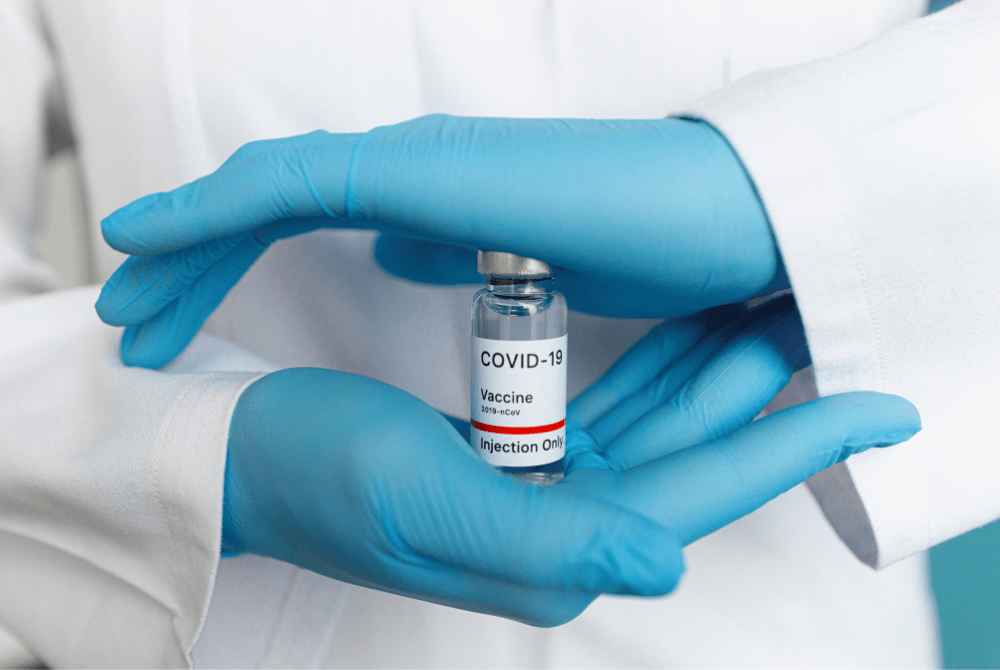Creating the COVID-19 pandemic in check will be based not only on effective and safe vaccines but also on the deployment of countless comparatively cheap doses.
While vaccines centered on mRNAs, such as the ones developed by Pfizer and Moderna, are beneficial and easy to grow, they tend to be costly to make and must be kept at shallow temperatures.
As a Pfizer disease, this includes storage in a specific freezer at a temperature between — both 80 and –60°C (-112 and also -76°F).
Pfizer and Moderna also recommend that their vaccines are recovered in 2 doses a couple of weeks apart to maximize their efficiency.
Traditional vaccines predicated on inactivated, weakened, or genetically modified viruses can be highly effective and more comfortable to store and transfer.
Yet, they take quite a long time to develop and are much more likely to cause harmful effects.
Bio-chemists at Stanford University, CA, has created a nanoparticle-based COVID-19 vaccine prototype, which they believe would not be cheap, safe, and effective; however, they also stay stable at room temperature.
They are hopeful that their vaccine can be sent and stored as a freeze-dried powder.
The vaccine candidate from Stanford is based on nanoparticles of an iron-containing protein referred to as ferritin. Each ferritin nanoparticle is studded with a number of those spike proteins that the virus uses to penetrate its host cells.
Previous research shows that vaccinating laboratory animals with nanoparticles decorated with viral proteins that effectively mimic whole viruses — elicits a much more robust immune response than merely injecting them with the freezing viral proteins.
After the pandemic struck, the biochemists rapidly accommodated this way of a target SARS-CoV-2, the virus which creates COVID-19. First, they formulated a shortened version of this herpes virus’ spike that’s much easier to synthesize and use. They bonded these shortened spikes to ferritin nanoparticles, subsequently used electron microscopy to confirm that they had the appropriate arrangement.
In mice, they contrasted the operation of this Nanoparticle vaccine against four additional vaccines:
- Nanoparticles studded with full-scale spikes
- full-length spikes alone
- abbreviated spikes alone
- the Region of the point which binds to host cells, also known as the receptor-binding domain
These would be the best form of antibodies because they prevent the virus from entering its cells. After one dose, quantities of these antibodies were roughly twice as large as the typical levels found in the blood of those that had recently recovered out of COVID-19.
The exact dose of those other vaccines but elicited minimum neutralizing antibodies from the mice. Every one of the vaccines produced neutralizing antibodies following an additional amount. However, the nanoparticles with shortened spikes performed a lot better compared to all the other vaccines.
Crucially, they have revealed that it’s likely to come up with a nanoparticle-based vaccine against a book pathogen exceptionally fast in an emergency. The researchers notice that their COVID-19 vaccine might not be needed now that other effective vaccines are approved or are close to completing clinical trials.
If so, they state their subsequent challenge would be to develop a “worldwide” coronavirus vaccine, depending on nanoparticles displaying proteins from several lethal coronaviruses.
These viruses might include SARS-CoV-1, which causes SARS; MERS; SARS-CoV-2; and possibly other coronaviruses with the possibility to drive the next outbreak.




